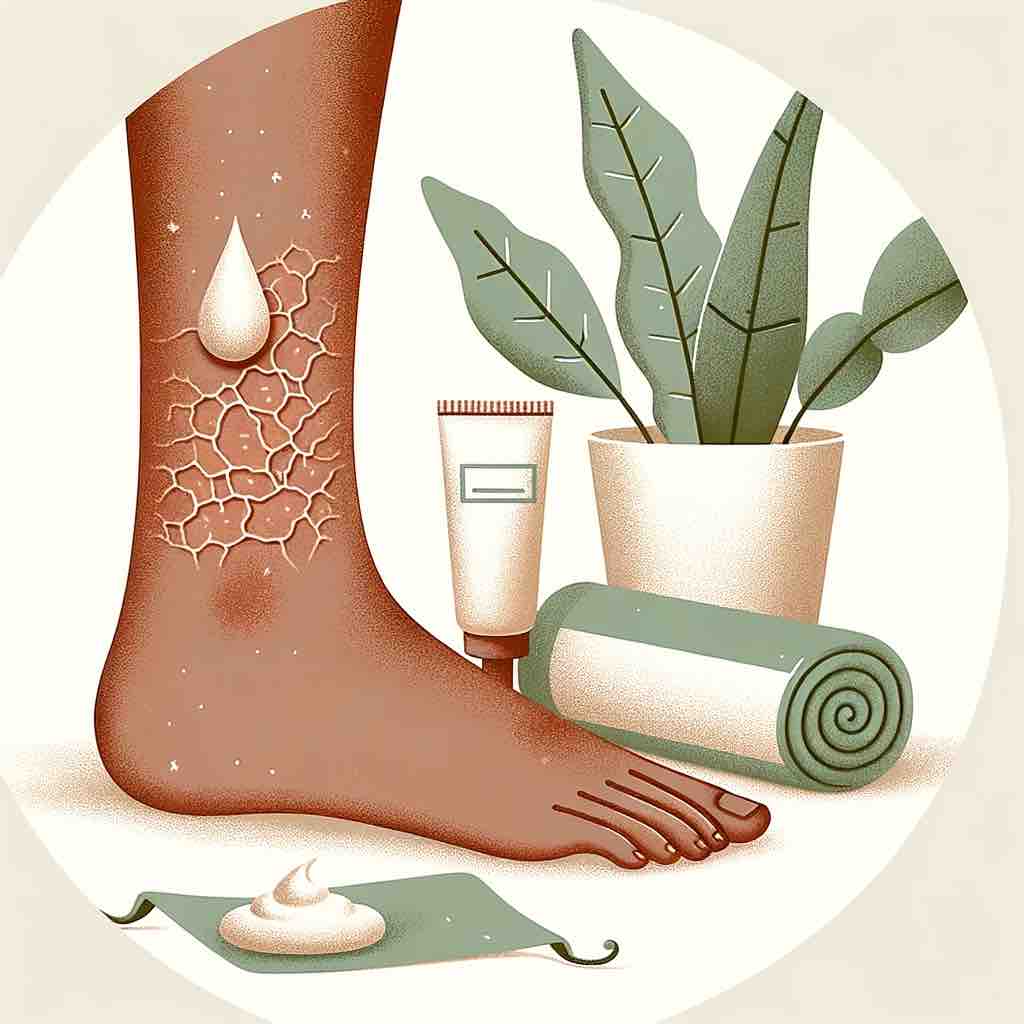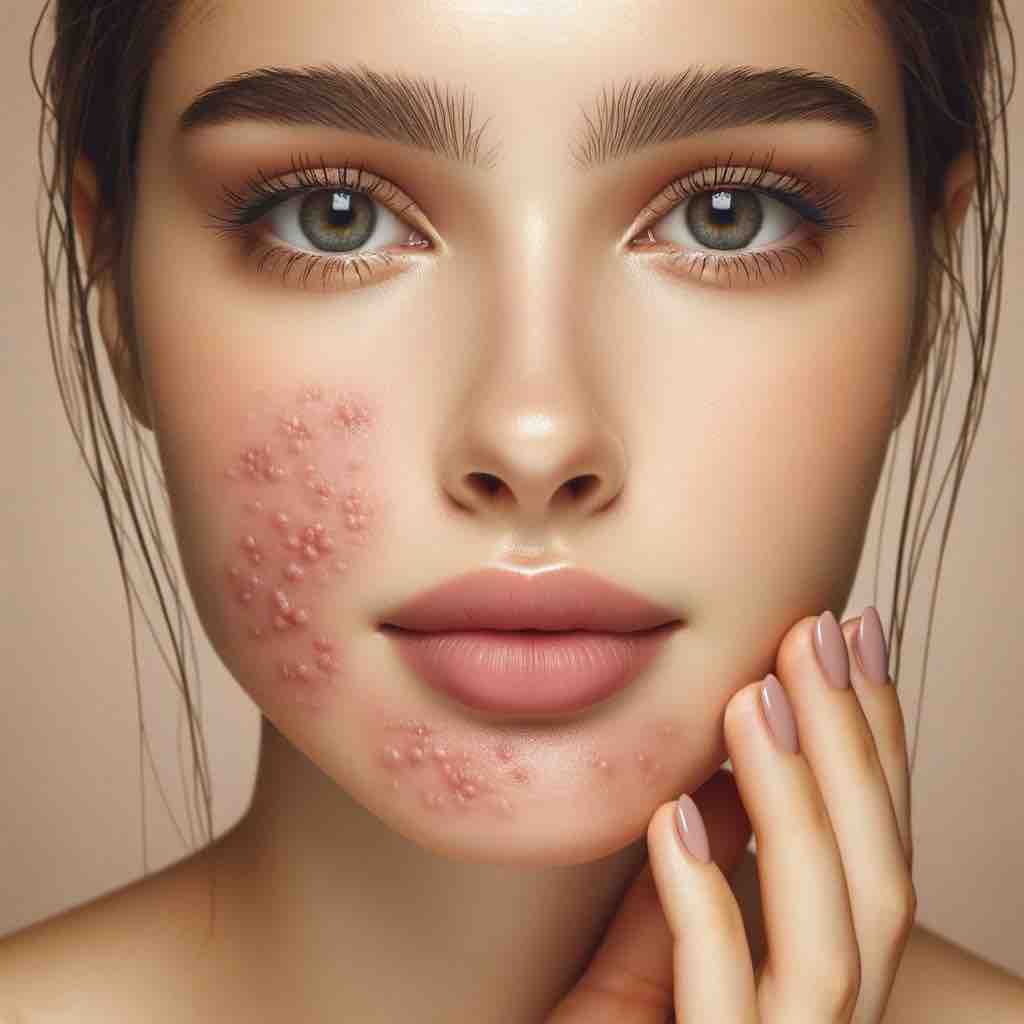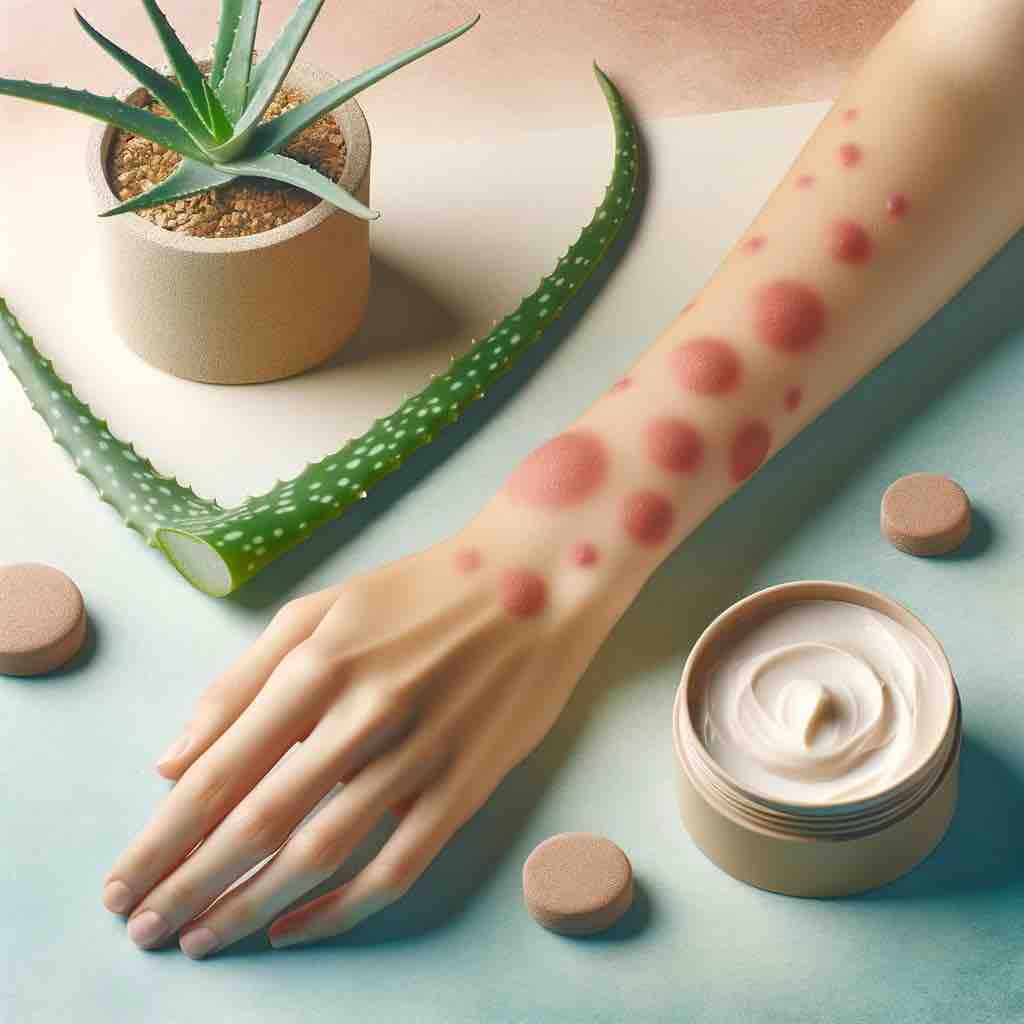
On a spring day in 1984, the Barbican Centre in London became the stage for a remarkable event that would leave an indelible mark on the world of yoga. B.K.S. Iyengar, a yogi with half a century of practice, demonstrated not just the physicality of yoga but its profound spiritual depth to an audience of thousands. This was more than a display of asanas; it was a masterclass in the philosophy and execution of yoga as a path to self-realization.
The Essence of Yoga: A Lifelong Practice
Iyengar’s message was clear: yoga is a lifelong journey that transcends the limitations of time and space. It is a discipline that goes beyond the physical to touch the essence of the spiritual. His demonstration was a living example of this philosophy, showcasing the potential of yoga to transform lives at any age.
The Vast Ocean of Yoga Literature
Iyengar spoke of the extensive literature on yoga, likening it to an ocean of knowledge that seems inexhaustible. Despite the vast amount of writing, the thirst for understanding yoga’s mysteries remains, reflecting humanity’s deep-seated desire for spiritual growth.
Patanjali’s Eightfold Path
Central to Iyengar’s teachings is the eightfold path of yoga as outlined by the sage Patanjali. Iyengar described the journey from the outermost aspects of yama (ethical standards) and niyama (self-discipline) to the inner sanctum of dhyana (meditation) and samadhi (union with the divine). This path is not about renouncing the world but realizing the soul’s abode within it.
Addressing Human Sorrow
Iyengar touched upon the universal human experience of sorrow and its root cause: ignorance or ‘avidya.’ He explained how yoga provides the tools to overcome the intellectual, emotional, and instinctive defects that lead to suffering, offering a path to enlightenment through disciplined practice.
The Transformative Power of Yoga
The transformation through yoga, as Iyengar described, is profound. It is a process where desires and the dualities of pleasure and pain are transcended. Yoga brings harmony to the various aspects of the brain, leading to a state of silence that is not an end but a starting point for higher consciousness.
The Barbican Demonstration: A Visual Teaching
The demonstration by Iyengar and his students was a visual symphony of the principles he espoused. Each movement, each pose, was a lesson in discipline, a physical manifestation of the eight limbs of yoga. It was a performance that illustrated the potential of yoga to bring balance and harmony to the human system.
The Anatomy of Asanas
Iyengar explained the scientific basis of asanas, detailing how they affect the body’s muscles, joints, and nerve currents. He described the body as a vast network, akin to a tennis court in size if laid out flat, and how asanas are designed to optimize this network for health and spiritual inquiry.
Pranayama: The Union of Energy and Consciousness
The practice of pranayama, according to Iyengar, is about understanding and harnessing the body’s energies. He spoke of the ‘twin brothers’ of consciousness and energy and how pranayama aligns them, allowing for uninterrupted flow throughout the body’s systems.
Asanas: The Gateway to Control of Mind
Iyengar emphasized the importance of mastering asanas as a precursor to mind control. He described the transition from effortful practice to effortlessness, where the practitioner becomes one with the pose, achieving a state of inner peace and benevolence.
Also, Read: Exploring the Depths of Inner Freedom Through Yoga
Pranayama and Beyond
Mastering pranayama leads to the higher practices of yoga, including the advanced stages of kumbhaka (breath retention) and the eventual clarity of mind that sets the stage for Dharana (concentration), dhyana, and samadhi.
Credit: Iyengar Yoga London on YouTube
The Barbican demonstration by B.K.S. Iyengar stands as a powerful reminder of yoga’s capacity to guide us on a journey of self-discovery and mastery. For those inspired to explore further, the nuances of this transformative practice are beautifully captured in our detailed post: “Breathing with Intention: Pranayama with B.K.S. Iyengar”, which delves into the interconnectedness of breath, body, and mind.
Credits to the original video: BKS Iyengar – Barbican Demonstration 1984
FAQs
- What was the significance of B.K.S. Iyengar’s Barbican demonstration in 1984? The Barbican demonstration by B.K.S. Iyengar in 1984 was a pivotal moment that showcased the depth of yoga practice, emphasizing its potential for physical health and spiritual enlightenment.
- How does B.K.S. Iyengar’s approach to yoga differ from other styles? Iyengar’s approach to yoga is meticulous with an emphasis on alignment and precision in asana practice, combined with a deep understanding of the philosophical aspects of yoga.
- Can beginners in yoga also benefit from B.K.S. Iyengar’s teachings? Absolutely, beginners can greatly benefit from Iyengar’s teachings as they provide a structured and safe approach to learning yoga, focusing on the correct alignment and gradual progression.
- What are the ‘eight limbs of yoga’ that Iyengar discussed in his demonstration? The eight limbs of yoga, as discussed by Iyengar, are a set of guidelines on how to live a meaningful and purposeful life, including ethical disciplines, physical postures, breathing techniques, and meditation.
- How does the practice of asanas affect the human body according to Iyengar? Iyengar explained that asanas impact the body’s musculature, joints, and nervous system, enhancing the flow of energy and preparing the body and mind for higher yogic practices.
- What is the role of pranayama in Iyengar’s yoga practice? Pranayama, in Iyengar’s practice, is the art of breath control that facilitates the harmonious flow of energy, leading to balance and control over the mind.
- How does Iyengar suggest one can achieve effortlessness in asanas? Iyengar suggests that through persistent and mindful practice, one can transition from effort to effortlessness in asanas, achieving a state where the posture becomes a natural extension of the self.
- What is the ultimate goal of mastering asanas and pranayama in Iyengar Yoga? The ultimate goal is to achieve a state of dhyana (meditation) and eventually samadhi (union with the divine), leading to self-realization and inner peace.
- How can one integrate Iyengar’s teachings into a modern lifestyle? Integrating Iyengar’s teachings into a modern lifestyle involves regular practice, mindfulness, and applying the principles of yoga to everyday activities for overall well-being.
- Where can one find more resources on B.K.S. Iyengar’s yoga methods? Resources on Iyengar’s methods are widely available through books, online tutorials, certified Iyengar yoga teachers, and workshops that focus on his style of teaching.
Blog Tags for the Post
B.K.S. Iyengar, Iyengar Yoga, Barbican Demonstration, Yoga Practice, Asanas, Pranayama, Eight Limbs of Yoga, Yoga Philosophy, Self-Realization, Yoga Journey, Yoga Transformation, Mindfulness, Spiritual Enlightenment, Yoga Discipline, Yoga History













